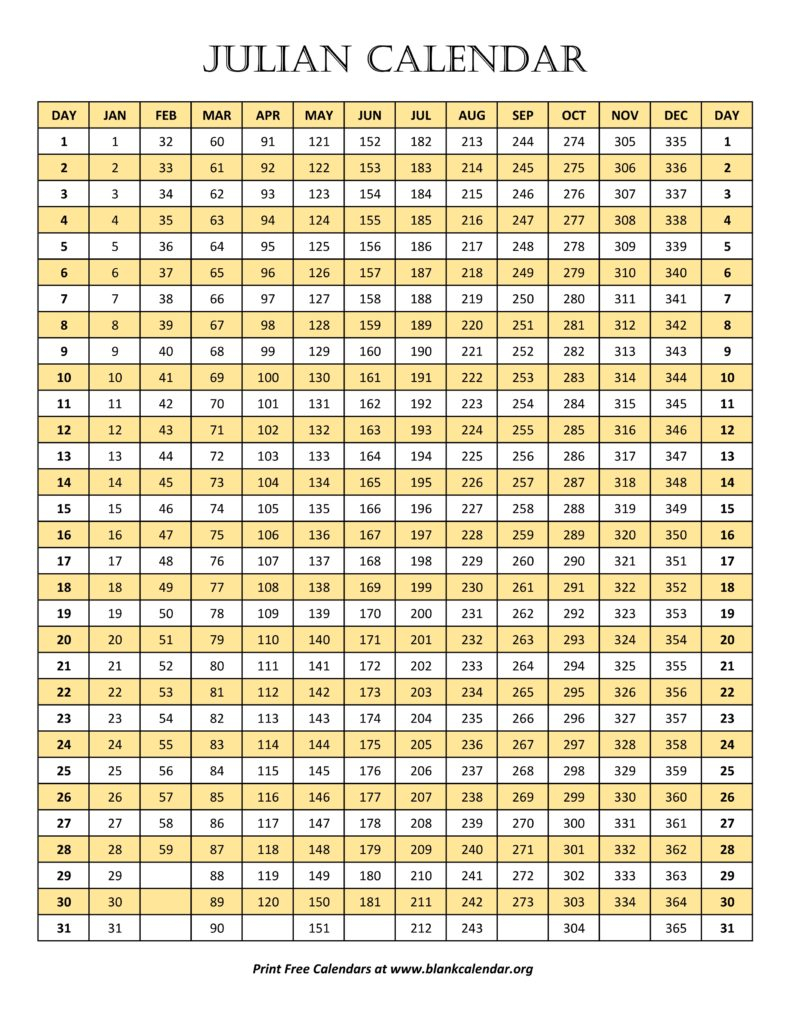The Julian Calendar was introduced by Julius Caesar in 46 BC as a reform of the Roman calendar. It was based on a solar year of 365.25 days, with a leap year every four years to account for the extra .25 days. This calendar was widely used in Europe until the Gregorian Calendar was adopted in the 16th century.
Despite being replaced by the Gregorian Calendar, the Julian Calendar is still used by some Orthodox Christian churches to calculate the date of Easter and other religious holidays.
Julian Calendar New Years
Celebrating New Years on the Julian Calendar
For those who follow the Julian Calendar, New Years falls on January 14th. This date is 13 days behind the Gregorian Calendar, which is why it is celebrated later in the year. Many countries with Orthodox Christian populations, such as Russia, Ukraine, and Serbia, celebrate New Years on the Julian Calendar.
Traditional celebrations include feasting, fireworks, and attending church services. In some cultures, people exchange gifts and visit friends and family to wish them a happy New Year.
Conclusion
Although the Julian Calendar is no longer widely used for secular purposes, it continues to be an important part of religious traditions in some parts of the world. Celebrating New Years on the Julian Calendar allows people to connect with their cultural heritage and participate in age-old customs and rituals.
